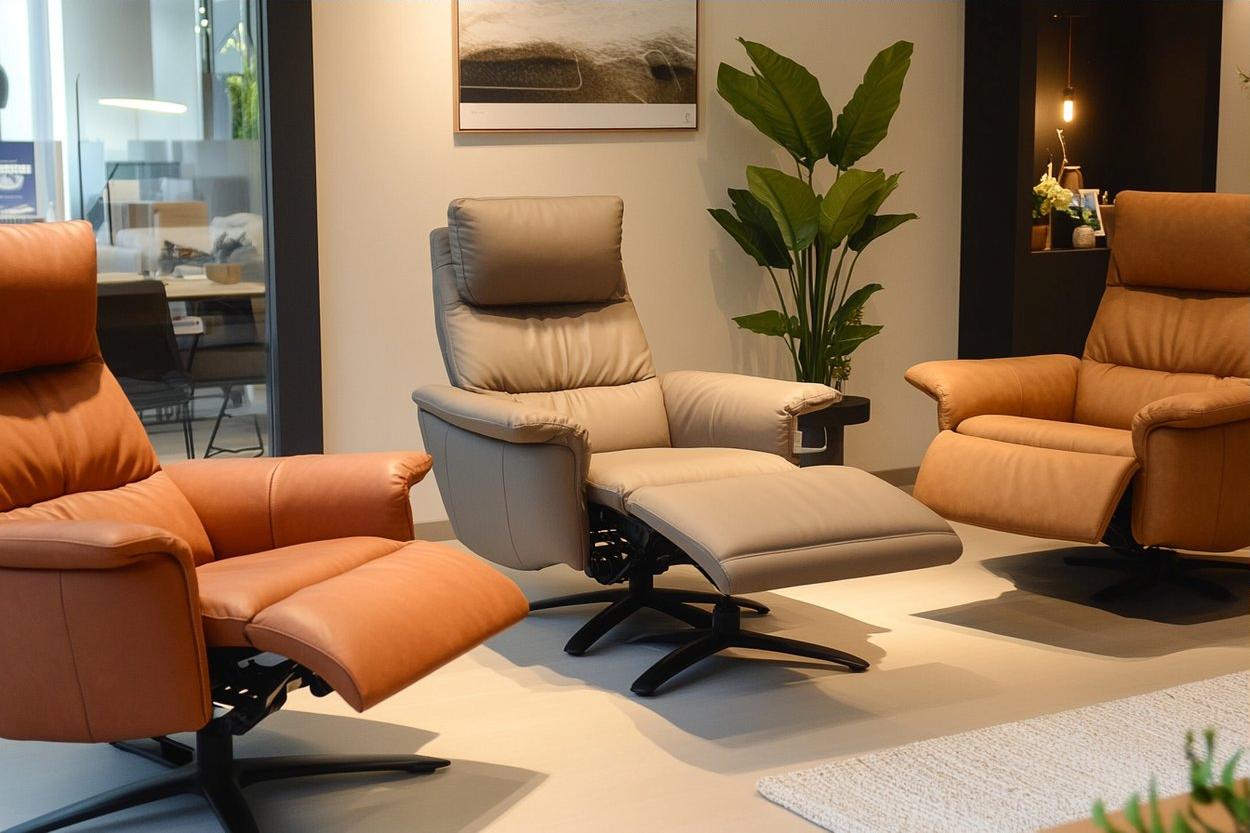Harmonious Havens: The Art of Soundscaping in Home Design
Imagine stepping into a home where the gentle trickle of water, the soft rustle of leaves, and the melodic chirping of birds create an instant sense of serenity. This isn't just a daydream—it's the magic of soundscaping, a rising trend in interior design that's transforming living spaces into acoustic oases. By carefully curating auditory elements, homeowners are discovering a new dimension of comfort and tranquility within their four walls.

Historical Echoes: The Evolution of Domestic Acoustics
The concept of manipulating sound in living spaces isn’t entirely new. Ancient civilizations recognized the importance of acoustics in architecture, with Roman atriums designed to amplify or soften sounds. In traditional Japanese homes, the gentle clack of shoji screens and the burble of garden streams have long been integral to the sensory experience. However, modern soundscaping takes these principles to new heights, integrating technology and scientific understanding to create immersive auditory landscapes within contemporary homes.
The Science of Sonic Comfort
Research in psychoacoustics has revealed the profound impact of sound on human psychology and physiology. Studies show that certain sounds can lower stress levels, improve concentration, and even enhance sleep quality. Soundscaping leverages these findings, incorporating elements like pink noise generators or nature-inspired soundtracks to create environments that nurture mental and physical wellbeing. The key lies in understanding the frequency ranges and rhythms that resonate most positively with the human ear and mind.
Crafting Your Acoustic Palette
Creating a soundscape begins with identifying the desired atmosphere for each room. A home office might benefit from gentle background sounds that mask distractions and boost focus, while a bedroom could incorporate low-frequency tones that promote deeper sleep. Living areas can be enlivened with dynamic soundscapes that change throughout the day, mimicking the natural progression of outdoor environments. The possibilities are as diverse as the inhabitants themselves, allowing for highly personalized acoustic designs.
The Tools of the Trade
Modern soundscaping employs a range of tools and technologies. Smart speakers with customizable sound profiles can deliver precisely tailored audio experiences to different zones of the home. Architectural elements like textured wall panels or ceiling baffles can be strategically placed to sculpt the acoustic landscape. Water features, from tabletop fountains to dramatic wall cascades, introduce the calming sounds of flowing water. Even plants play a role, with certain species known for their sound-absorbing properties or ability to rustle pleasingly in response to air movement.
Balancing Act: Integrating Sound and Silence
While soundscaping celebrates the positive potential of sound, it also recognizes the value of silence. Creating pockets of quietude within the home is equally important, allowing for moments of reflection and respite from auditory stimulation. This balance between sound and silence is crucial, mirroring the natural world’s ebb and flow of acoustic energy. Designers are now incorporating sound-absorbing materials and creating designated quiet zones to ensure a well-rounded sonic environment.
The Future Sounds Bright
As our understanding of psychoacoustics grows and technology advances, the potential for soundscaping in home design continues to expand. Emerging trends include AI-powered systems that adjust soundscapes based on occupants’ moods and activities, and the integration of personalized audio profiles that follow individuals from room to room. There’s also a growing interest in binaural beats and other forms of sound therapy, suggesting that homes of the future might not just be places of rest, but active contributors to our health and wellbeing.
A New Dimension of Home Design
Soundscaping represents a paradigm shift in how we conceive of and interact with our living spaces. By embracing this multisensory approach to design, homeowners can create environments that nurture, inspire, and rejuvenate on a profound level. As we continue to explore the interplay between sound, space, and human experience, the homes of tomorrow promise to be not just visually stunning, but acoustically sublime—true symphonies of comfort and creativity.





